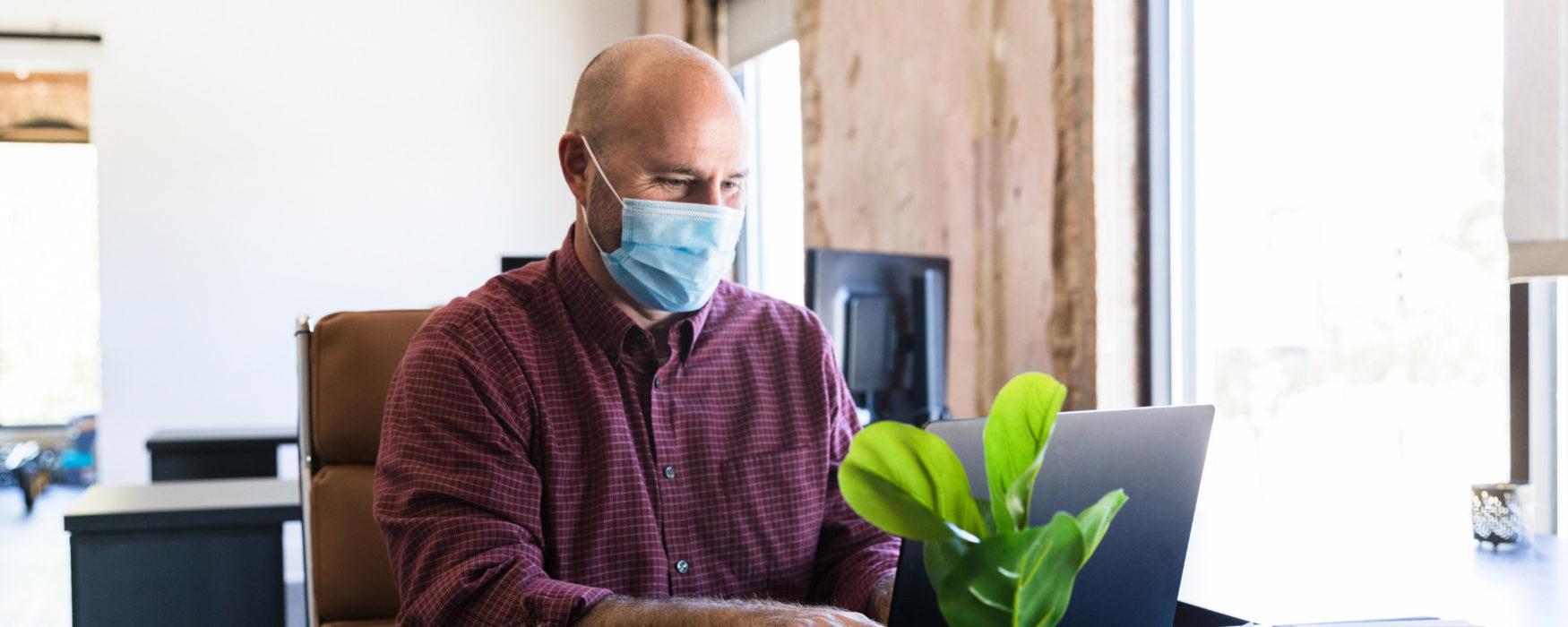
By Linda Olejniczak, courtesy of SBAM Approved Partner ASE
The remote work experiment is soon to become the return-to-work (RTW) experiment. Reacclimating back to an on-site workforce will present an enormous change. Returning to the workplace could mean recalling furloughed employees, transitioning away from mandatory remote work, or ramping back up toward full productivity. Maybe all three. Help your workforce make the psychological shift back. Management teams should lead with empathy and demonstrate an understanding that while all their employees have experienced this crisis, they have not experienced it the same way.
A few key considerations:
- Only bring back the staff you need.
- Have a written response plan.
- Evaluate and set up new policies and procedures for the office.
- Prepare for some staff to continue remotely.
- Ramp up communication.
- Show empathy.
Develop a strategy that focuses on people, productivity, and how you work in this new normal. Develop a written pandemic response plan that has strategies for basic hygiene, social distancing, workplace controls, employee training, and rules on gathering.
Consider bringing your workforce back in phases after conducting a workplace assessment. Have an open house and conduct reopening onboarding for employees to come back and get familiar with new protocols. Non-essential visitors and non-essential travel may continue to be the norm during the first phase.
Evaluate existing policies and, if needed consider new ones that facilitate appropriate use of flexible work schedules, sick or other types of leaves, and other options that help minimize workers’ exposure risks.
Lead and communicate changes. Have two-way communication. This will strengthen corporate culture, increase employee engagement, and boost productivity and loyalty over the long run. Communicate the vision and next steps of those returning to work as well as those who continue to work remotely. Proper communication channels could help identify potential problems with your RTW plans.
To mitigate potential liability risks when returning to the workplace, organizations should follow the guidance and recommendations issued by federal, state, and local government agencies and health officials.
As states begin formulating plans to reopen, it is critical that companies begin planning and preparing for employees returning to the workplace. Having a well-developed return to work plan will allow companies to bring employees back safely and successfully to the workplace and adapt to evolving guidance and regulatory requirements.